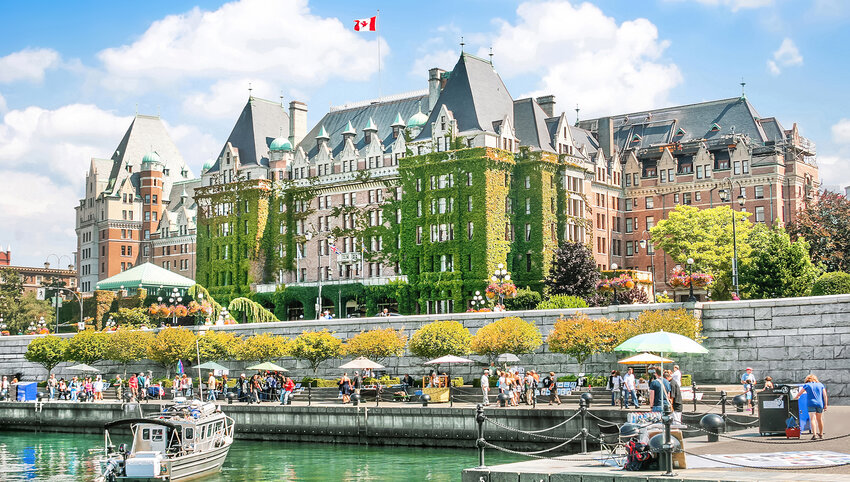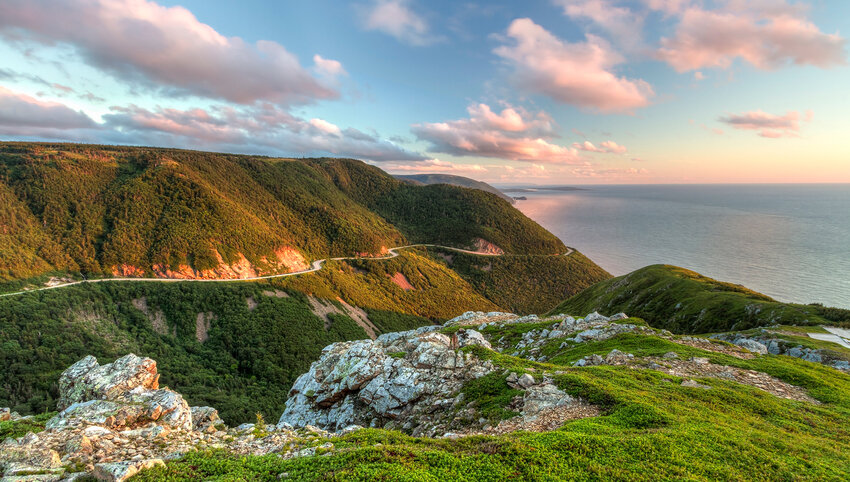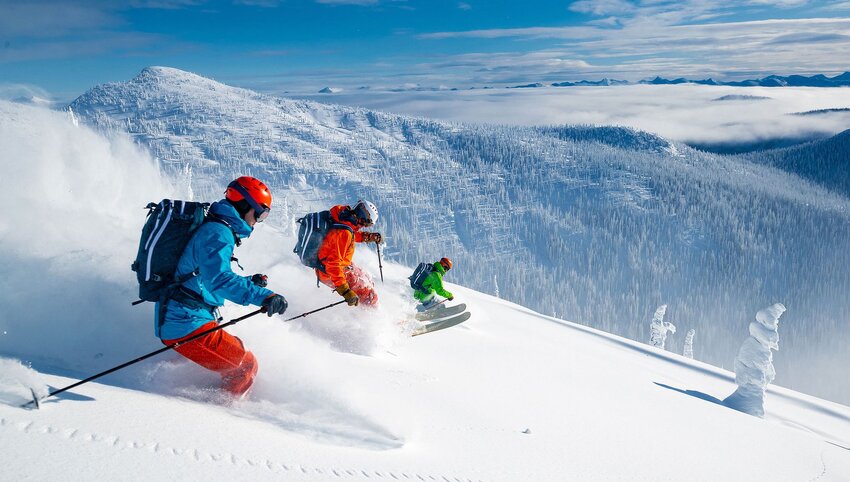Visiting Montreal means walking through charming and grand modern spaces back to back. Visitors stroll along picturesque streets that could have been carved out of a European city, shop at the underground mall, and explore the Biodome and other spaces focused on natural preservation and environmental appreciation.
While the winter months in Montreal are packed full of cold-weather activities (don’t forget the joys of snow-tubing), summertime in Montreal is the best time to experience the seemingly endless natural wonders of the city. From hilltop parks to drinks at the old port, here are 10 of the best ways to spend your time in Montreal this summer.
Mont Royal Park
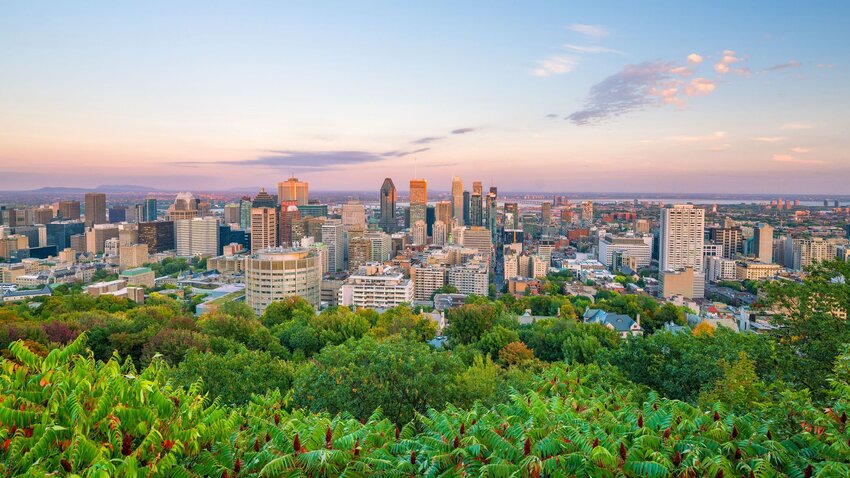
The “Royal Mountain” rises in the middle of the city as a park, an urban and recreational space, and heritage site. With hikes that rise above the buildings (all structures must be lower than the 764 foot hill), lookouts display gorgeous panoramic views over the city. Mount Royal is to Montreal as Boston Common is to Boston, or Central Park is to NYC. In fact, the winding paths arching up the side of the mountain and around Beaver Lake were designed by Frederick Law Olmsted, the architect behind New York’s Central Park.
Visitors and locals lounge on the greenspace here, hop in rowboats to get a lake-view of the surrounding woodland, hike the summits or to the Mount-Royal Cross, and grab a coffee at one of the mountain-top cafes. If it’s nature you’re seeking, any visitor or local is likely to tell you to put on good walking shoes and get to know the 692 acres that make up Mount Royal.
Ecomuseum Zoo
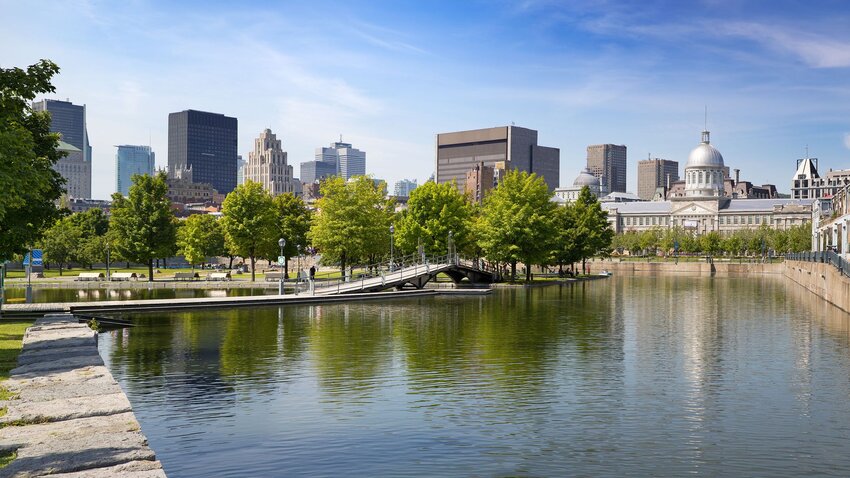
At the southernmost tip of the Island of Montreal lives the Ecomuseum Zoo. Visitors won’t have to travel deep into the surrounding areas to find examples of the province's biodiversity. The wildlife of Quebec — including the Canadian lynx, owls, a range of reptiles, and bears — live in this outdoor space and are doing a very important job. Their goal is to teach visitors about their habitats and importance in the surrounding area while supporting the research and conservation efforts of the organization.
3. Botanical Gardens
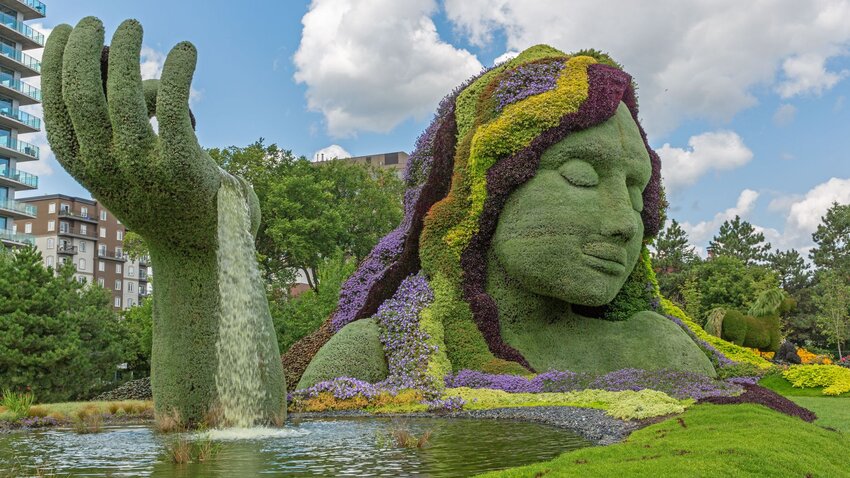
Footpaths through the over 21,000 plant species isn’t enough for the Montreal Botanical Gardens. This outdoor space is more like a living museum, immersing travelers from the moment they step through the gates. Enormous human forms rise from the ground, covered in moss, flowers, and carefully trimmed plants. From an insectarium to a Japanese garden to everyday exhibitions and community gardening, these gardens are a gathering space for all of Montreal.
Parc Jean-Drapeau
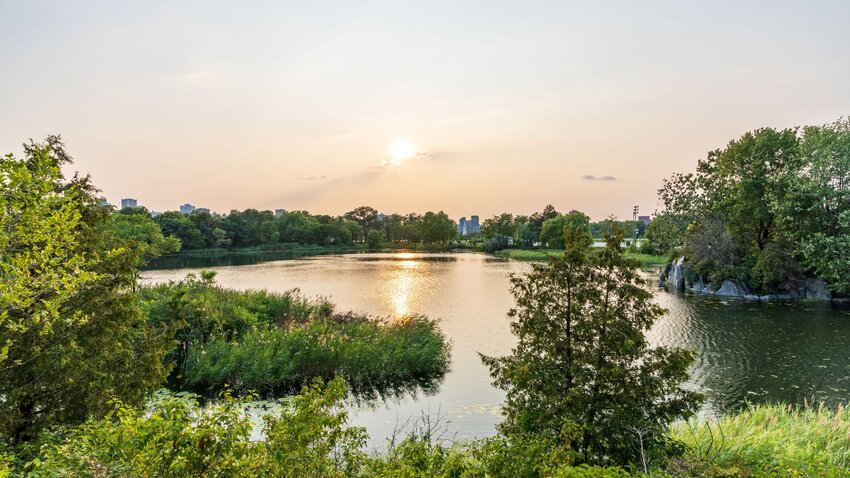
The small islands off the eastern side of the Island of Montreal feel curated for natural exploration and adventures, and the history of these islands proves it. Partially built for the International and Universal Exposition in 1967, Parc Jean-Drapeau still holds remnants of the fair’s structures. But before you add the Formula One track, the Olympic aquatics center, the La Ronde amusement park, and others to your Montreal to-do list, take a step back to admire the nature. There’s hiking, biking, sports areas, play structures, and grounds for picnicking, running, and relaxing on Île Sainte-Hélène and Île Notre-Dame. For a taste of Montreal’s eclectic musical scene, Osheaga and Piknic Electronik will ensure you get your fix of summer festivals at the parc.
The Biosphere

Rising above Île Ste-Hélène is a metal geodesic dome 250 feet wide and more than 200 feet tall, a working remnant from Expo 67. The Biosphere is dedicated to teaching visitors about environmentalism, sustainability, and the science behind living a healthier, more nature-friendly life. Its forefather and architect, Richard Buckminster Fuller, was a prominent voice for environmental beliefs and greener living. As a part of the Espace Pour la Vie museum, the Biosphere isn’t just a pretty (and interesting) structure. From the interior garden to exhibitions — including an ecolab and fun policy view of urban planning — to a view of the city-scape, the webbed design of the Biosphere covers the interlinking relationships we have with our surroundings.
Grand Roue de Montréal
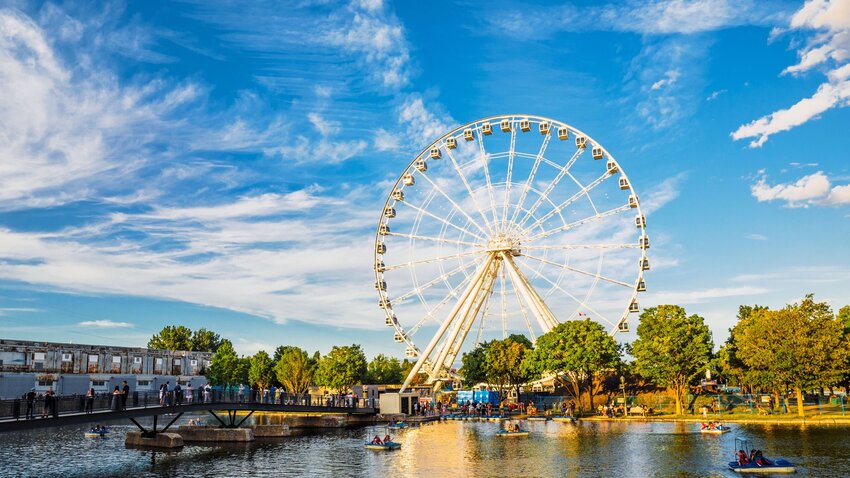
London has the London Eye, Montreal has the Grand Roue. Not only does this enormous ferris wheel lift visitors almost 200 feet into the air, it’s the largest one of its kind in the entire country. While visiting the city, you may find that the entirety of Montreal leads visitors to natural surroundings with environmental focuses. Mount Royal immerses explorers in the woods, Parc Jean-Drapeau provides access to water life, and the Grand Roue is designed to make you feel like a bird soaring above the city.
Village au Pied-du-Courant
The summer opens another living cultural space in Montreal: the Village au Pied-du-Courant. Along the Saint Lawrence River, a traditional boardwalk opens into a beachy architecture-focused space. Teams of architects and artists collaborate to create the artistic and creative space with areas of relaxation, yard games, and spaces to enjoy food and drinks. There’s an angular stage for live performances, a small museum, and an unmissable tropical feel.
Lachine Canal

More than eight miles of canal stretch near the wide bend in the St. Lawrence River. Around the water are lengths of paths and gardens perfect for running, picnicking, and biking. This area cuts through several residential neighborhoods and acts as a kind of green-thoroughfare for navigating the landmarks and landscapes in each quarter. Stop by the local Atwater Market for local produce, pastries, and gourmet chocolates, or take advantage of water activities so you can kayak or canoe down the canal.
Explore Old Montreal
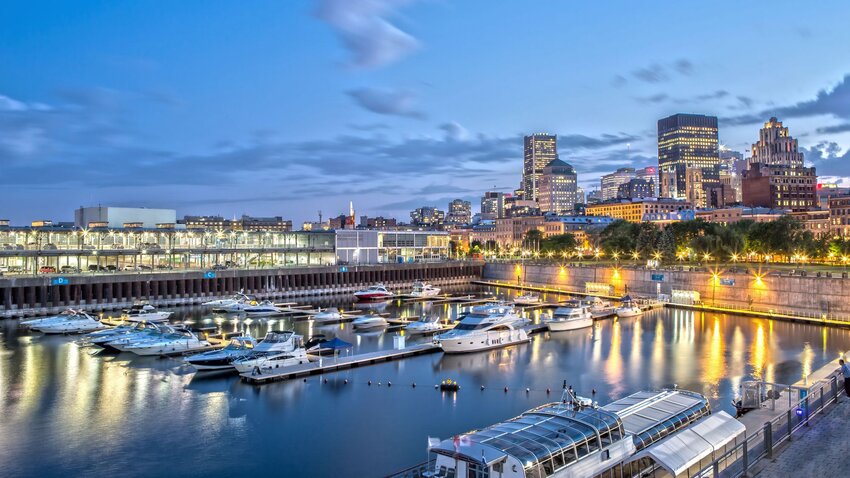
Stroll along cobblestone streets that were first built in the 1600s. These stone buildings have lasted for centuries and you can even take a ghost tour to hear some of the more fascinating local legends that haunt the area. If you’re not in the mood for spooky there’s still plenty to do, like being fascinated by the historic architecture, eating in tiny restaurants along skinny alleyways, or getting drinks in the old port (Vieux-Port).
Regional and National Celebration Fairs
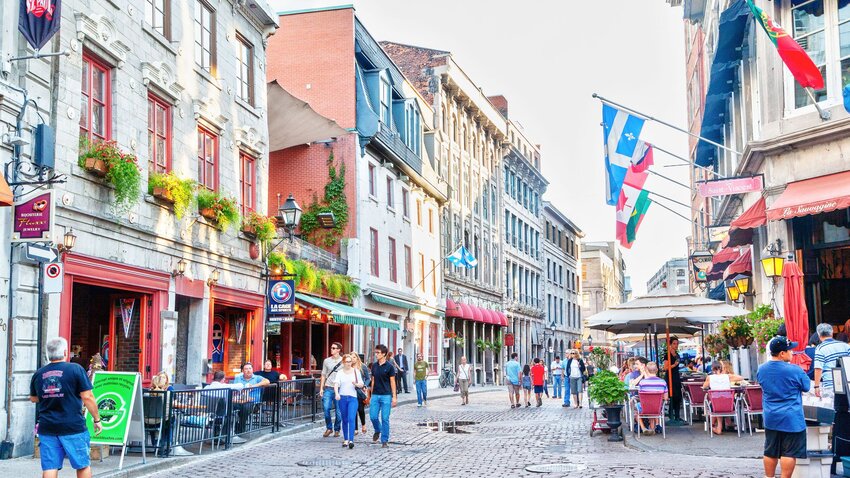
There may be no better way to experience a country’s culture than through their national and regional celebrations. Visitors who arrive at the end of June and the beginning of July are in luck – Montreal celebrates twice as hard with two holidays: Quebec’s National Fete is at the end of June and Canada Day starts July strong. While summer is festival season for Montreal residents (including Festival TransAmériques in May and Montreal Completement Cirque in July), these national holidays are extra special. Flock to the Place des Festivals rain or shine to celebrate the Fête de la Saint-Jean-Baptiste with parades, bonfire nights, traditional music and dancing, and a whole lot of food. July 1st features less Quebec-centered culture, but people will still turn out in droves to attend music festivals and eat some red and white Canada Day cake.


